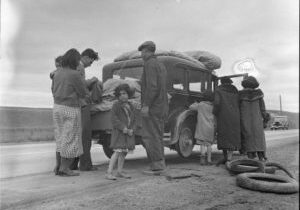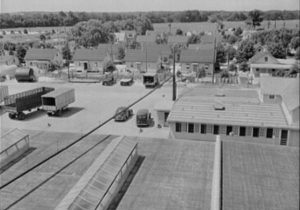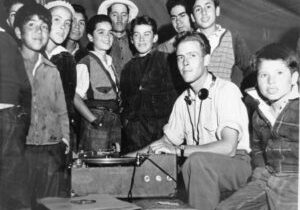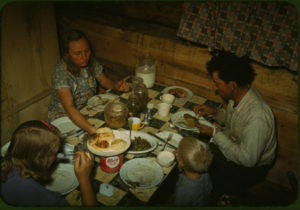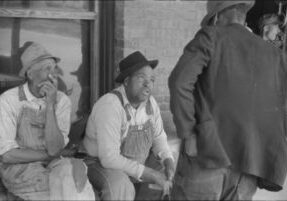Lesson Plans
Immigration and Migration: Today and During the Great Depression
Students analyze historical primary sources, including oral histories, photographs and films and collection, to develop an understanding of the lives of immigrants during the Great Depression. Then students gather migration stories of a family member, friend, neighbor or community member, comparing the stories they collected to those of the past and considering the value that stories of everyday people play in creating a patchwork collection of the American memory.
Exploring Community Through Local History: Oral Stories, Landmarks and Traditions
After being introduced to the American Life Histories: Manuscripts from the Federal Writers' Project, 1936-1940 collection, students explore the local history and contemporary culture of their community through written and spoken stories; through landmarks such as buildings, parks, restaurants, or businesses; and celebration of cultural traditions.
Oral History and Social History
Students study social history topics by analyzing life histories from the Federal Writers' Project (1936-1940) that recount the lives of ordinary Americans. Based on these excerpts and further research in the collections, students develop their own research questions, then plan and conduct oral history interviews with members of their communities.
Immigration: Our Changing Voices
Students analyze primary sources to identify issues involved with the migration of a community or family and examine the traditional picture of immigration. After, students investigate their own family history and put it into the context of immigrant stories.
American Lives Across the Centuries: What Is an American?
Students will use the words of Jean de Crèvecoeur in his 1782 work, Letters from an American Farmer, to guide them as they analyze a life history documented by the Works Progress Administration from 1936-1940, using their analyses to create a patchwork of biographies. After, students consider what it means to be an American today and reflect on how the definition of being American has changed over time.

